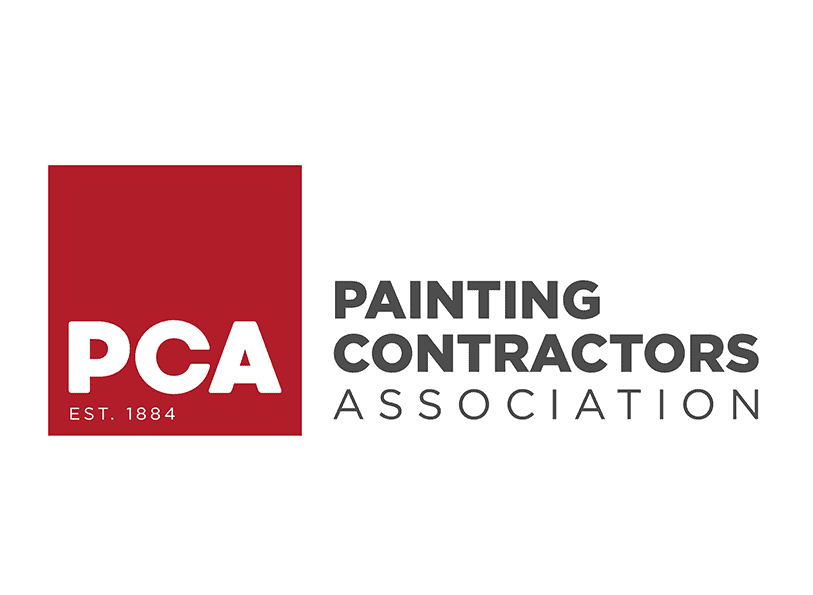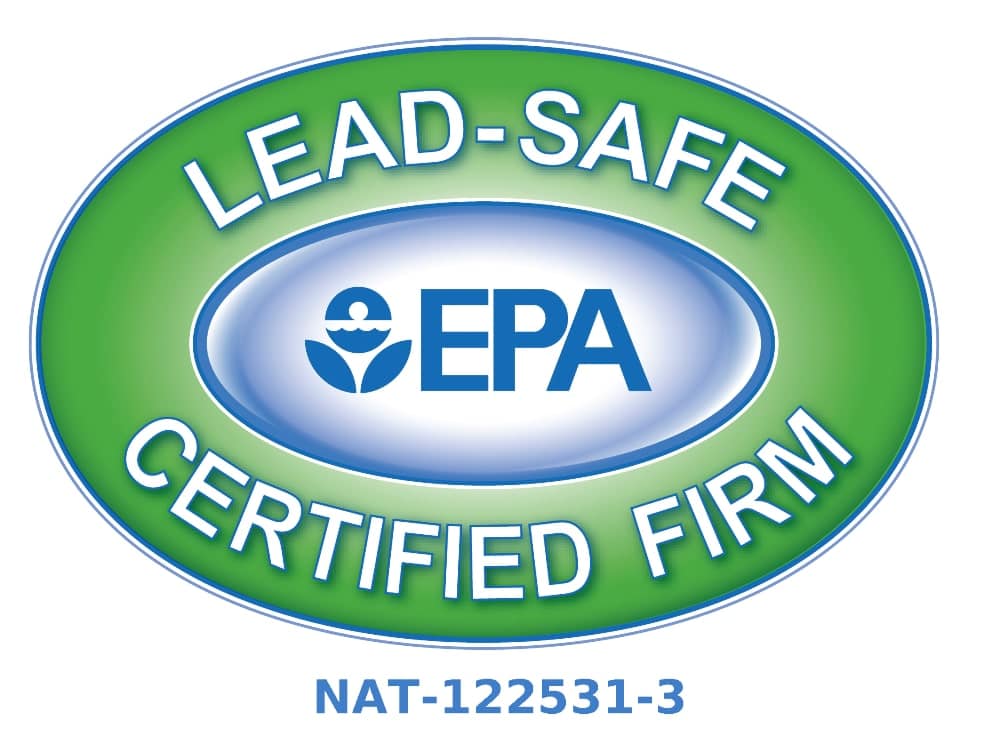24 Feb Can I paint over wood-grain cabinets?
We’ve had clients ask if it’s possible to paint over wood grain. The answer is yes, but if you want professional results, it’s not a do-it-yourself project. Let a professional contractor with experience handle it.
Painting kitchen cabinets can save you tens of thousands of dollars – and the aggravation (and time) of replacing them. Outdated wood-grain cabinets can be transformed into beautiful painted cabinets in any color. There are some caveats, though.
Painting over the grain
To paint wood-grain cabinets, you’ll probably want to disguise the grain with a smooth-painted finish for a professional look. But to achieve that, the cabinet surfaces must be very carefully prepared before painting. The heavier the wood grain or the more “rough” the knots, the more careful preparation is required. With meticulous preparation, a smooth finish is possible. And that’s why working with an experienced painter matters!
The painter will fill in any surface dings and apply primer. Once they’ve prepped the surface, they spray on the paint rather than rolling or brushing it.
The type of cabinet wood grain influences the prepping and painting process. Get those right, and the results can be impressive. Get it wrong, however, and the cabinets won’t look professional.
About wood grains
There are a few things homeowners should know about wood grains and cabinets. Wood grains come in three types: light, medium/heavy, or knotted. Each takes paint differently.
Light Grain
Light grain woods have the smoothest surface, making them the easiest to paint over while obtaining the smoothest results. If you want to know what type of wood grain you have, run your hand over the surface. You likely have a light-grain wood if it feels smooth without any ridges. Light grain woods are maple or cherry.
Medium to Heavy Grain
Medium to heavy wood grains look more prominent, and you can feel the grain if you run your hand over these cabinets. The wood is walnut, hickory, and golden or red oaks. Compared to light-grain cabinets, they have a bolder stain color with a robust orange tint. Medium to heavy wood-grain cabinets have declined dramatically in popularity, making them type one of the most requested for painting over.
Knotted Wood Species
All woods have some knots or heavy natural spots, but some have more than others. For example, knotty alder and rustic hickory have more prominent knots and were popular 15 to 20 years ago. The knots can often feel rough, while the rest of the surface feels smooth. Like heavier-grained woods, they’ve largely fallen out of favor in most designs.
Conclusion
We hope you better understand how we can transform wood-grain cabinets into painted cabinets. The key is working with an experienced painting contractor who can achieve a smooth, smooth finish.
FAQ
1. Can I paint over wood-grain cabinets, and will the grain still show?
Yes, you can paint over wood-grain cabinets. Whether the wood grain remains visible depends on your preparation and painting technique. If you want the grain to show, use thinner paints and lighter coats. If you prefer a smooth finish without visible grain, you’ll need to fill the grain, prime thoroughly, and apply multiple coats of paint.
2. What steps should I follow to achieve a smooth, professional finish on wood-grain cabinets?
To get a smooth finish, start by cleaning the cabinets thoroughly. Next, sand the surfaces to remove gloss and roughen them for better paint adhesion. Use a grain filler to fill deep pores, especially on open-grain woods like oak. After filling and sanding, apply a high-quality oil-based primer to block stains and tannins. Finally, use two to three coats of high-quality enamel paint, sanding lightly between coats for the best result.
3. What type of paint is best for wood-grain cabinets?
High-quality enamel paints are recommended for cabinets because they provide a durable, smooth, and self-leveling finish. Oil-based paints are traditional for cabinets due to their durability, but many modern water-based enamel paints also perform well. Avoid thick paints if you want the grain to show, and opt for matte or satin finishes for a more natural look.
4. How do I prevent the wood grain from showing through the paint?
To hide the wood grain, fill the grain with a wood filler or grain filler, sand the surface smooth, and apply multiple coats of primer, sanding between each coat. This process creates a flat surface, so the grain won’t be visible after painting. Heavy-grain woods like oak may require extra filling and sanding for a flawless finish.
5. Is it necessary to remove cabinet doors and hardware before painting?
Yes, for the best results, remove all cabinet doors, drawers, and hardware before painting. This allows you to paint all surfaces evenly and avoid drips or missed spots. Label each piece and its hardware for easy reassembly. Laying doors flat while painting can also help prevent drips and achieve a smoother finish.

Mike Katounas is the owner of Home Works Painting, a painting business in Northern Virginia. He has over 15 years of experience in residential interior and exterior painting, drywall installation/repair, carpentry, wallpaper removal, power washing, commercial painting, color consultation, and staining/sealing. Their service areas include Chantilly, Fairfax, Herndon, Oakton, Reston. Mike takes pride in his work, and he always follows a strict code of conduct that includes the use of quality paint, a clean workspace, and an honest, respectful approach to his customers.












Sorry, the comment form is closed at this time.